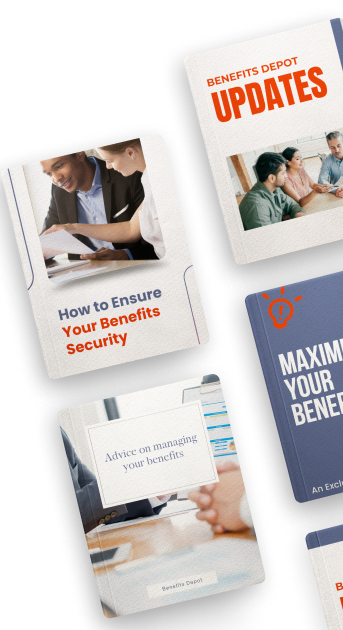Understanding Tariffs: What They Mean for You and How to Navigate the Impact

Tariffs—taxes imposed on imported goods—are designed to protect domestic industries by making foreign products more expensive.
However, these measures can have unintended consequences for everyday Americans, leading to higher prices on a wide range of goods and services.
How Tariffs Affect You?
When tariffs are applied to imported goods, the increased costs often trickle down to consumers. This can result in:
-
Higher Prices on Everyday Items: Products such as electronics, clothing, and household appliances may see price hikes due to increased import costs.
-
Increased Food Costs: Tariffs on imported food items can lead to higher grocery bills, particularly for fruits, vegetables, and seafood.
-
Rising Utility Expenses: The cost of materials used in infrastructure and energy production may increase, potentially leading to higher utility bills.
Steps to Mitigate the Impact
To navigate the financial strain caused by tariffs, consider the following strategies:
-
Budget Adjustments: Review and adjust your household budget to account for potential increases in living expenses.
-
Seek Financial Assistance: Explore government programs designed to provide relief during economic hardships.
-
Support Local Businesses: Purchasing domestically produced goods can help mitigate the impact of tariffs and support the local economy.
Available Government Assistance
Several programs are available to assist individuals and families affected by economic changes:
1. FOOD ASSISTANCE
Programs:
-
SNAP (Supplemental Nutrition Assistance Program): Offers monthly food benefits via an EBT card. Eligibility based on income and family size.
-
WIC (Women, Infants, and Children): Provides nutrition support for low-income pregnant women, new mothers, and young children.
-
National School Lunch Program (NSLP) & School Breakfast Program (SBP): Ensures children from low-income families receive free or reduced-price meals at school.
2. UTILITY BILL RELIEF
Programs:
-
LIHEAP (Low Income Home Energy Assistance Program): Assists with heating, cooling, and energy crisis bills.
-
Weatherization Assistance Program (WAP): Helps low-income families make energy-efficient home improvements to reduce costs long-term.
-
Utility Company Hardship Programs: Many states partner with local energy companies for hardship funds and budget billing options.
3. SENIORS
Programs:
-
Social Security Retirement & Supplemental Security Income (SSI): Monthly payments to seniors based on earnings or need.
-
Medicare Savings Programs: Help low-income seniors pay premiums, deductibles, and co-pays.
-
Senior Farmers' Market Nutrition Program: Offers fresh, locally grown produce to eligible seniors.
4. STUDENTS
Programs:
-
Pell Grants & FAFSA: Financial aid for low-income college students—does not need to be repaid.
-
Federal Work-Study Program: Part-time jobs for students to help pay education expenses.
-
Free and Reduced-Price School Meals: Helps K-12 students access nutritious meals.
5. HOUSING & RENT
Programs:
-
Section 8 Housing Choice Voucher Program: Offers rent assistance for low-income families to afford private housing.
-
Public Housing Program: Provides government-owned affordable rental units.
-
Emergency Rental Assistance (ERA): Help for renters behind on rent or facing eviction.
-
HUD (Department of Housing and Urban Development): Offers various rent and mortgage support programs.
6. FAMILIES
Programs:
-
TANF (Temporary Assistance for Needy Families): Monthly cash aid to help with basic expenses like food, housing, and clothing.
-
Child Tax Credit (CTC): Refundable tax credit for families with children—some may get advance monthly payments.
-
Earned Income Tax Credit (EITC): Offers tax relief to low- to moderate-income working families.
7. DISABILITY
Programs:
-
SSDI (Social Security Disability Insurance): Monthly payments for people who can no longer work due to a disability but have a prior work history.
-
SSI (Supplemental Security Income): Provides cash assistance for disabled individuals with low income and limited resources.
-
Medicaid: Free or low-cost healthcare coverage for many disabled individuals.
-
ABLE Accounts: Tax-advantaged savings accounts for people with disabilities.
Remember, these programs are designed to support individuals and families during times of need.
Available assistance can help you navigate financial challenges and work towards greater stability.
-
Don't miss out on general benefits information!
Subscribe for the latest updates, expert advice, and valuable tips to help you maximize your benefits and financial well-being.
Stay informed—sign up now!












